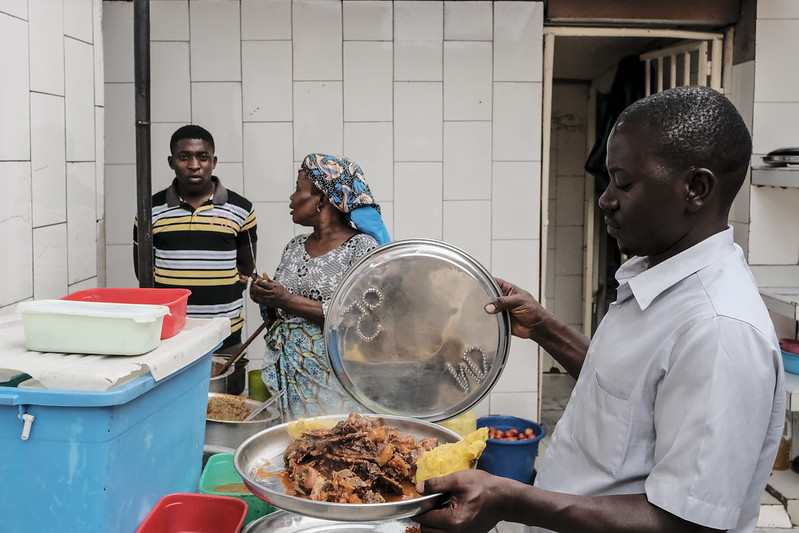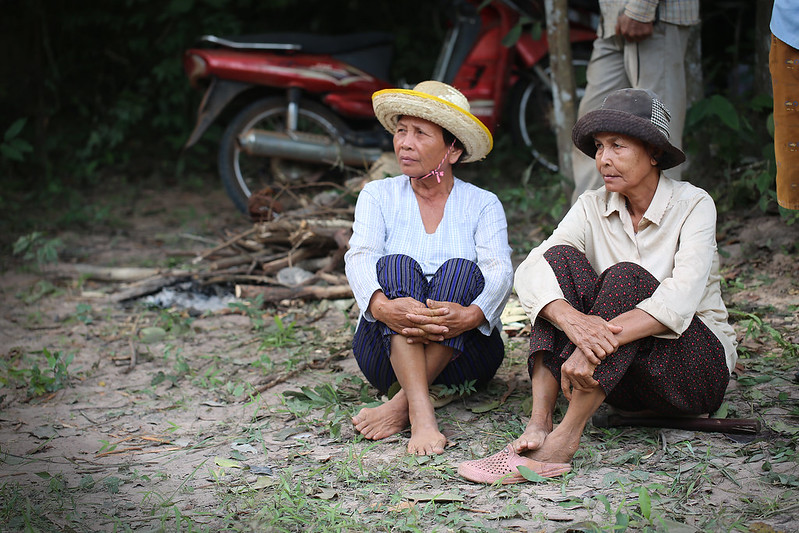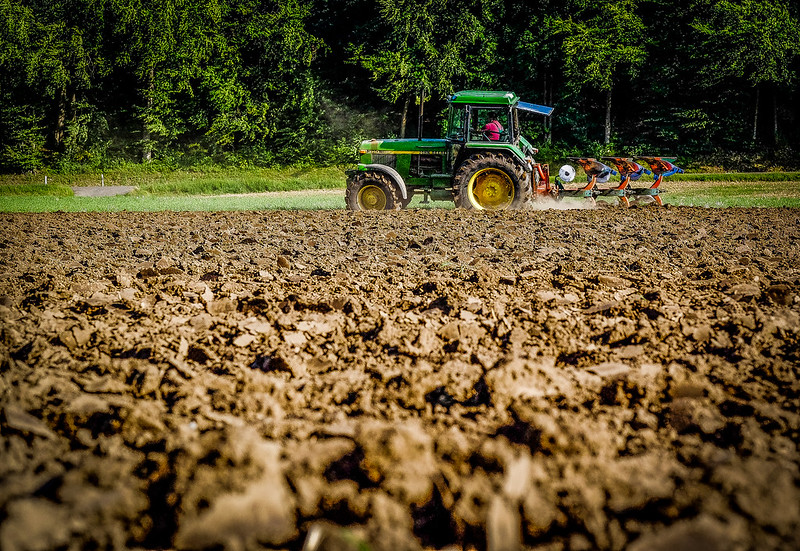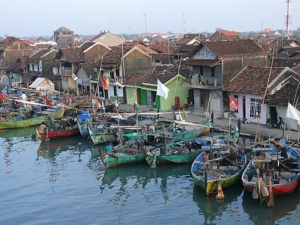 Switzerland is a well-off central European country with a high standard of living. It is one of the top 10 European economies in GDP per capita, with low unemployment and low inflation. Its estimated 2024 population was almost 8.9 million, with 74.2% living in urban areas.
Switzerland is a well-off central European country with a high standard of living. It is one of the top 10 European economies in GDP per capita, with low unemployment and low inflation. Its estimated 2024 population was almost 8.9 million, with 74.2% living in urban areas.
Switzerland’s high standard of living, however, comes with a high cost of living. The average total household expenditure in Switzerland can be two-to-three times higher than some other European cities in countries with similar standards of living. Switzerland boasts some of the highest salaries in Europe, but basic health and accident insurance are mandatory, monthly rent is relatively high, and transportation and grocery costs are significant.
Hunger and Nutrition in Switzerland
The level of hunger in Switzerland is below the threshold for the country’s inclusion in the Global Hunger Index. But hunger and nutrition are two different things. In the 2022 Global Nutrition Report, Switzerland was reported as being “on course” to meet only one of the global nutrition targets (for which data was available)—women’s diabetes. It was “off course” for all MIYCN (maternal, infant and young child nutrition) targets, and “off course” with limited progress regarding diet-related noncommunicable disease targets. There was no progress or worsening regarding anemia in women of childbearing age and low birth weight.
A small 2021 study of older medical patients found a “significant association” between age and food insecurity, with food insecurity contributing to malnutrition in approximately 7% of the patients studied. The objective in identifying such pockets of food insecurity was to enable the development of interventions for at-risk populations.
Poverty, Hunger and Welfare in Switzerland
Even with a high standard of living, not everyone in Switzerland is well off. The rate of poverty is low, but not nonexistent; in 2023, the poverty rate was 8.1%. The poverty rate was higher for the employed in 2023 than it had been in the previous two years, but half what it was for the unemployed. In addition to the unemployed, single people and single-parent households with young children were particularly hard hit.
One reason hunger in Switzerland is rare is because Swiss welfare payments cover necessities such as food, clothing, housing, health insurance and other personal needs. Social benefits spending was $2.78 billion in 2022, falling for the fourth year in a row. The decrease resulted from fewer recipients, as well as lower expenditure per recipient. Almost 250,000 people received a financial benefit on at least one occasion in 2023, with urban regions seeing a higher rate of assistance. (Welfare is distributed at the cantonal level, with local benefits preceding financial social assistance.)
Global Hunger and Food Security: Switzerland’s Role
While hunger in Switzerland itself is not much of an issue, the country’s constitution includesa commitment to local and global sustainable food systems, important, especially because the country imports 50% of its food. Switzerland is involved in many related international efforts, contributing to food security globally.
These activities include:
- Research: Switzerland participates in the Consultative Group on International Agricultural Research: (CGIAR), a global partnership for agricultural research and one of Switzerland’s 15 priority organizations for global development. CGIAR supports research in 80 countries on food quality and sustainable natural resource management. The goal of their research is to stabilize agricultural production and food supply for a rising global population. The Swiss Federal Council renewed its contributions to CGIAR in 2022, pledging to contribute $66 million in the 2022-2024 period.
- Policy: Switzerland is active in the Committee on World Food Security, a governance mechanism established in 1974 to achieve global food security and nutrition through global “policy convergence,” or the development of similar or even identical policies across countries over time. Its 52nd plenary session in October 2024 updated for 2024-2027 its CFS Multi-Year Programme of Work. The platform for this work is biannual meetings to achieve “collaborative governance for coordinated policy responses to [the] emerging global food crisis towards sustainable agriculture and food system transformation.” The projected policy products are reducing inequalities for food security and nutrition (2024), strengthening urban and peri-urban food systems (2025), building resilient food systems (2026), focusing on indigenous peoples’ food and knowledge systems and traditional practices (2027), followed by sustainable fisheries and aquaculture.
- International Events: Switzerland’s dedication to supporting other countries in facing food insecurity was obvious in its World Food Week celebrations in 2024. These events included a forum offered by FAO Liaison Offices focused on empowering girls and women to lead the change towards agrifood systems. Other events included a Right to Food Dialogue, a U.N. press briefing, posters, and local celebrations. More than a dozen food safety conferences will be held in Switzerland in 2025.
- Development Activities: The Swiss Agency for Development and Cooperation (SDC) has been active since the 1970s, coordinating Swiss Confederation humanitarian aid and development activities with Eastern Europe. SDC’s focus on the entire food system, “from farm to fork,” is to ensure adequate, sufficient and good-quality food for all. This includes support for projects that prioritize functioning local markets and long-term balanced and sustainable nutrition. The agency has research partnerships with Swiss universities and private companies, collaborates with farmers’ organizations and emphasizes the role of young people and women in food production and nutrition.
- Financial Support: Switzerland contributed almost $48 million to the World Food Programme in June 2020, and over $800,000 to WFP assistance to smallholder rural farmers in Sri Lanka in 2023. The Swiss 2025 annual commitment of food assistance to the global Food Assistance Convention is $50 million. This six-member convention (Canada, Denmark, the European Union, Japan, Switzerland and the U.S.) was initiated in 2013, preceded by multilateral cooperation instruments operating since 1967. FAC provides a broad array of food assistance products and activities, including vouchers and cash, with a significant focus on nutrition.
A small country known for the care of its own, Switzerland plays a large role in the care of those beyond its own borders.
– Staff Reports
Photo: Flickr


 Ugandan musician aims to raise
Ugandan musician aims to raise  In Honduras,
In Honduras, 




